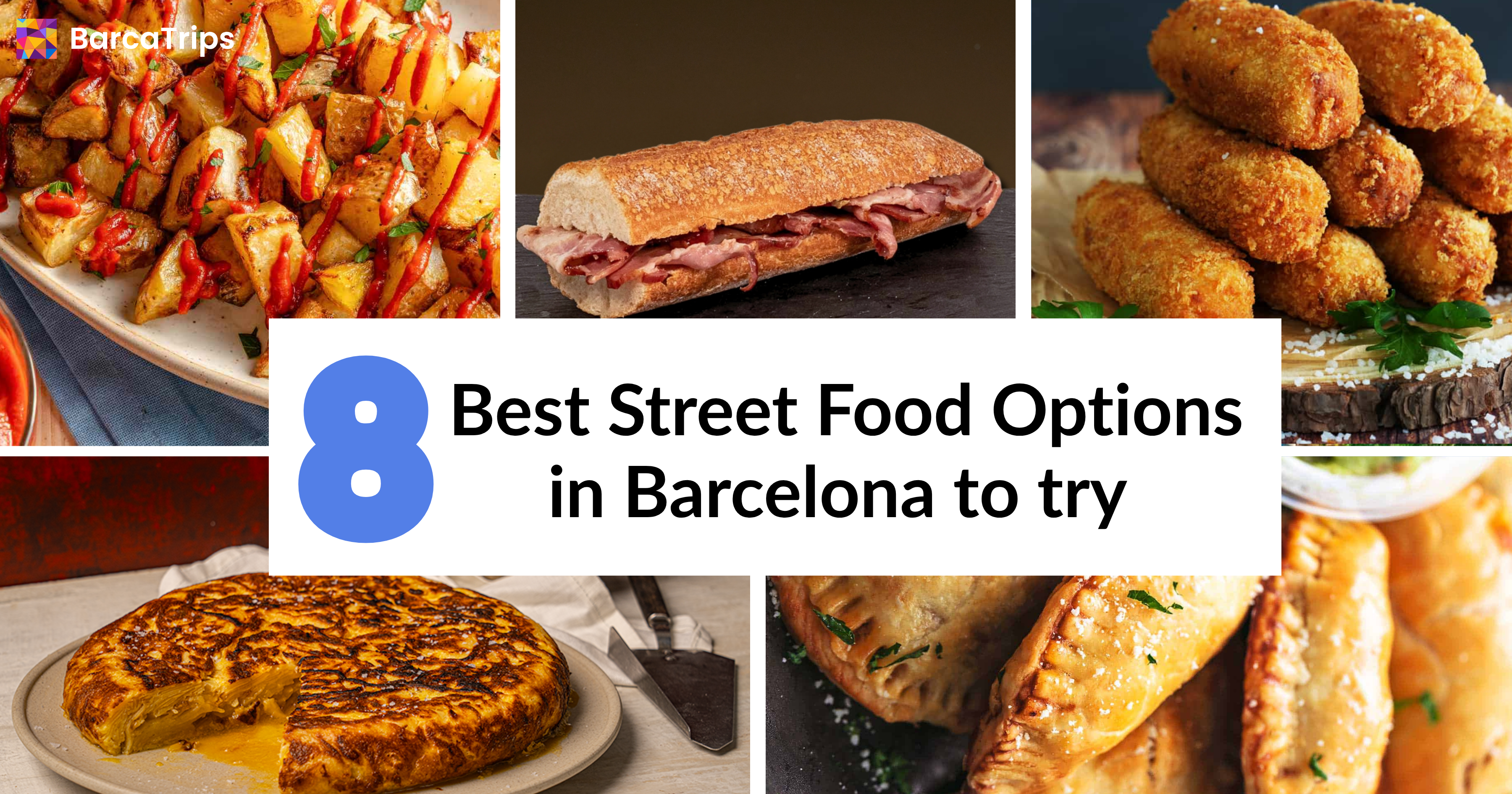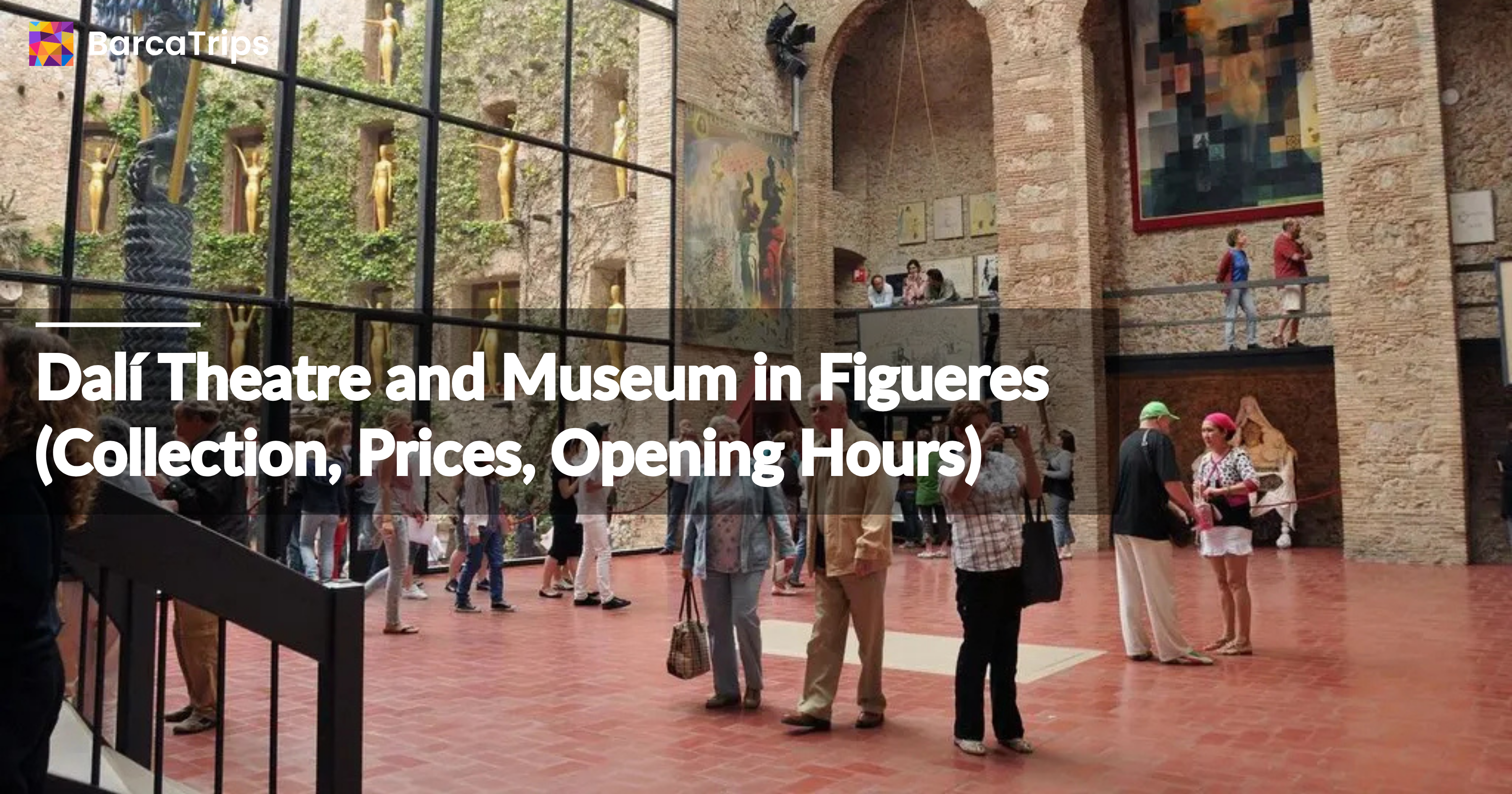How to Understand a Menu in a Restaurant in Barcelona?

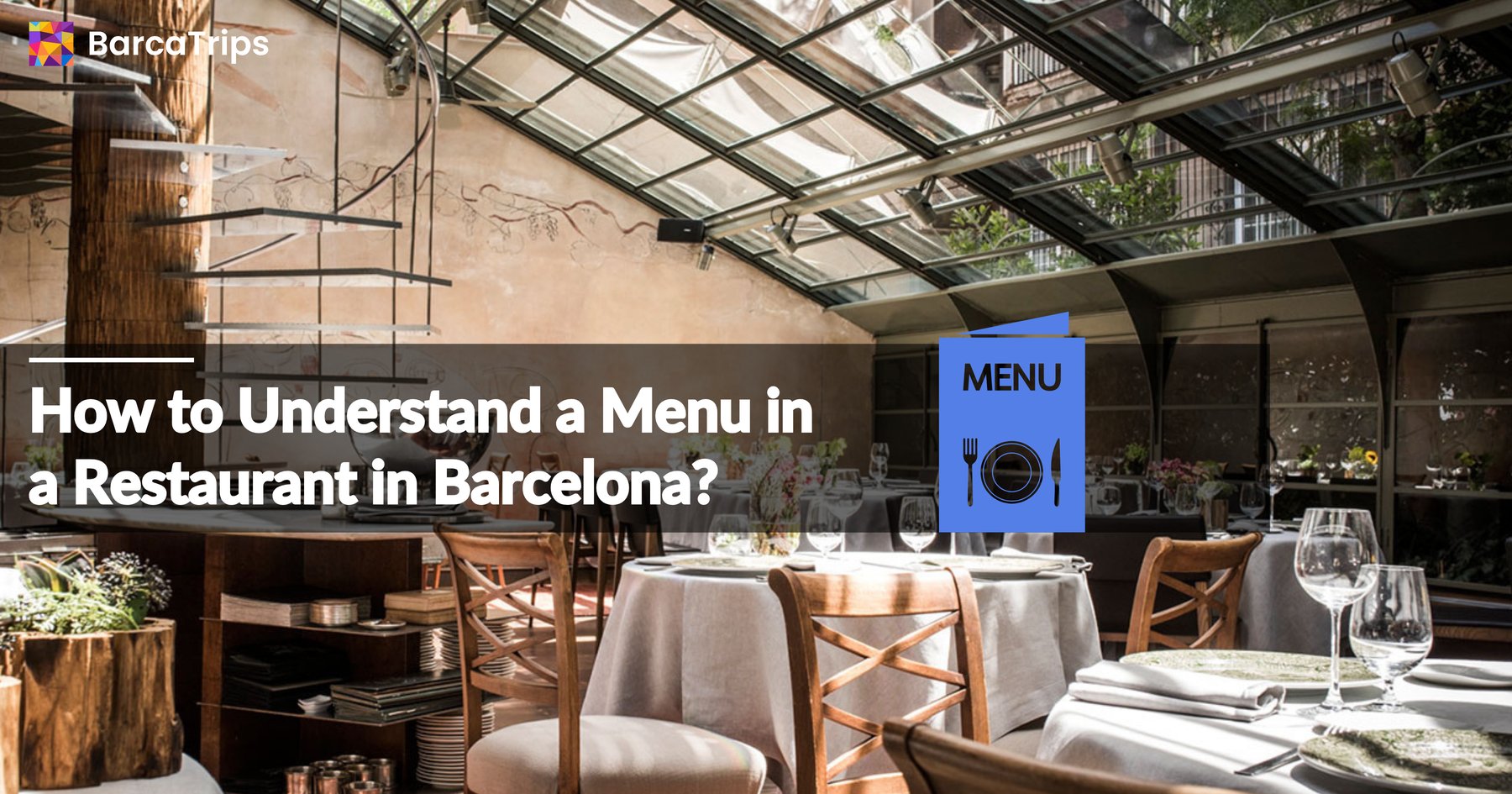
If you’re dining out in Barcelona, understanding the local menu can save you from confusion and help you get the food you actually want. Spanish menus follow different naming conventions, portion sizes, and dining customs than many visitors are used to. Let’s see!
Carta vs. Menú: Know the Difference
This is the first thing to understand.
Carta means the full à la carte menu. You’ll usually see starters, mains, sides, and desserts all listed here.
Menú or menú del día refers to a set-price lunch menu, typically available on weekdays. It includes 2 or 3 courses, plus a drink and dessert, or coffee. Some restaurants post it on a chalkboard or offer it verbally; ask for it if you don’t see it.
The menú del día is a great value and usually highlights seasonal or home-style dishes.
Menu Sections Explained
Spanish menus are usually organized by course or type. You don’t need to order something from every category, but knowing what each one means will help.
Starters and Light Dishes
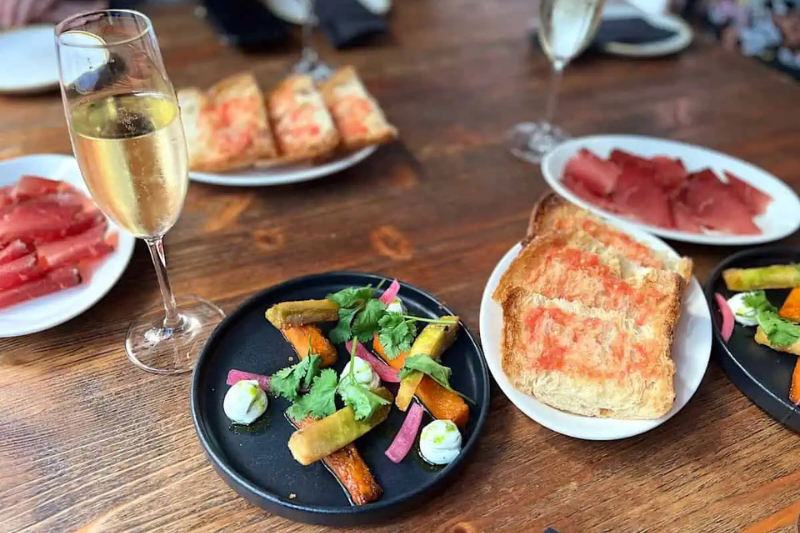
Entrantes / Para picar / Entremeses – Appetizers, usually shared.
Primeros / Primer plato – First courses. These often include soups, vegetables, or lighter fare like salmorejo (cold tomato soup) or ensalada mixta (mixed salad with tuna, egg, olives).
Main Courses
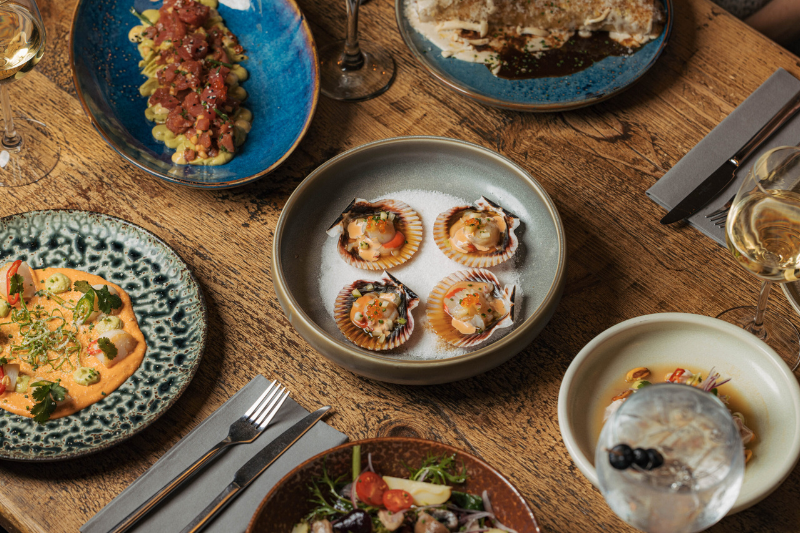
Segundos / Platos principales – Second/main courses. Often just the protein: meat or fish.
Carnes = meats (like solomillo – sirloin, or rabo de toro – oxtail)
Pescados = seafood (like grilled lubina – sea bass)
These usually come with a small salad or potatoes, but not always. If it’s not listed, ask:“¿Viene con guarnición o viene solo?” (“Does it come with a side or by itself?”)
Side dishes
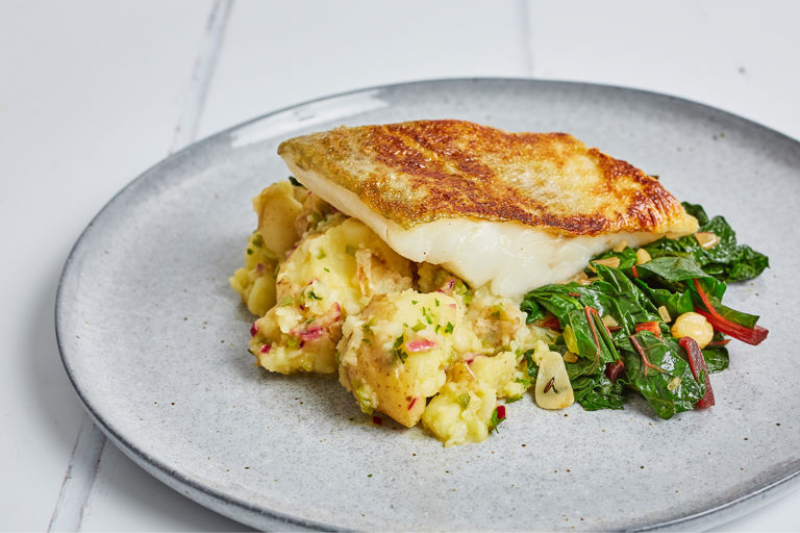
Guarniciones are sides like patatas aliñadas (seasoned potatoes) or vegetables. Sometimes you can choose your side—look for guarnición a elegir on the menu.
Desserts and After-Meal Customs
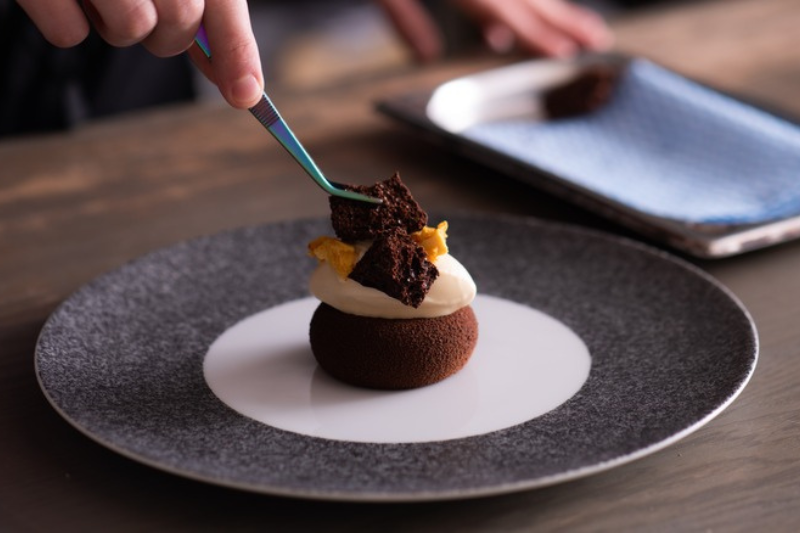
Postres include flan, fruit, rice pudding, or cakes.
Café (coffee) often comes after dessert.
Then comes la sobremesa, the tradition of lingering and chatting after a meal. Don’t expect to be rushed out. People often stay at the table long after they’ve finished eating.
Tapas, Raciones, and Sharing Culture
Tapas culture is strong in Barcelona, but the terminology can be confusing.
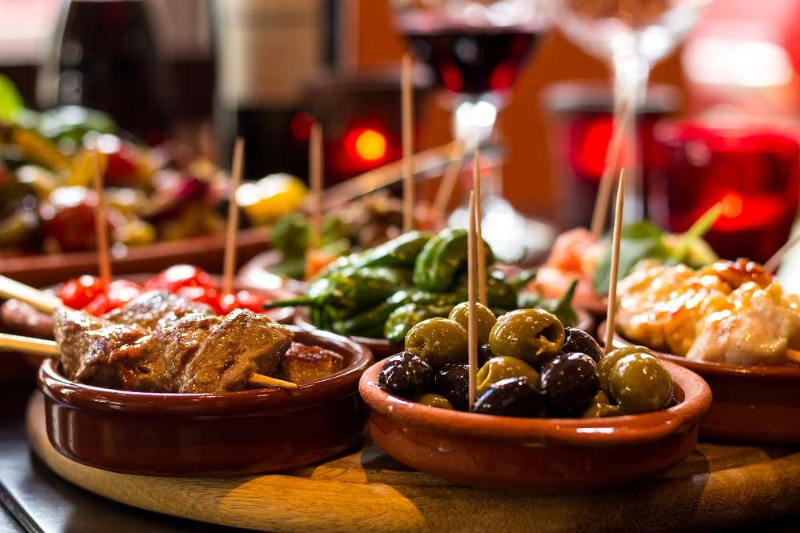
Tapa = a small dish, like a snack.
Media ración = half-portion. Good for individuals or variety in a small group.
Ración = full portion. Meant for sharing between several people.
When dining with others, it's common to order a few raciones and share. Locals rarely order all dishes at once; most people start with two or three, then order more as needed. It keeps the food hot and avoids over-ordering.
Some common raciones:
Chipirones fritos – fried baby squid
Alcachofas con jamón – fried artichokes with ham
Patatas bravas – potatoes with spicy sauce
Embutidos y quesos – cured meats and cheese (served cold)
Recognizing Popular Dishes
Here are a few dishes you’ll often see on menus in Barcelona:
Paella – Usually seen in tourist-heavy areas. Traditional Valencian versions use rabbit and chicken, not seafood.
Jamón Ibérico – Cured ham, served thinly sliced.
Butifarra – Catalan pork sausage, often served with beans.
Gazpacho / Salmorejo – Cold soups, especially in summer.
Bacalao – Salted cod
Tostas – Toasted baguette slices topped with things like cheese, sausage, or fish
Pintxos – Bite-sized snacks served on skewers, usually found in northern-style tapas bars
How to Order Like a Local
Locals keep it simple when ordering; no need for “I would like.” Just say what you want, followed by por favor.
Examples:
Un café con leche, por favor.
Para mí, una ración de patatas bravas.
Vamos a compartir. (We’re going to share.)
To get your waiter’s attention, say “Perdón” politely. They won’t come unless you call them over. If you’re in a hurry, it helps to say: - “Vamos con un poco de prisa.” (We’re in a bit of a rush.)
When it’s time to pay, ask:- “¿Me cobras, por favor?” Or just say - “La cuenta, por favor.”
Say thanks on your way out with:- “Muchas gracias. ¡Estaba muy rico!” (Thank you, it was delicious.)
Drinks: Wine, Beer, and Coffee
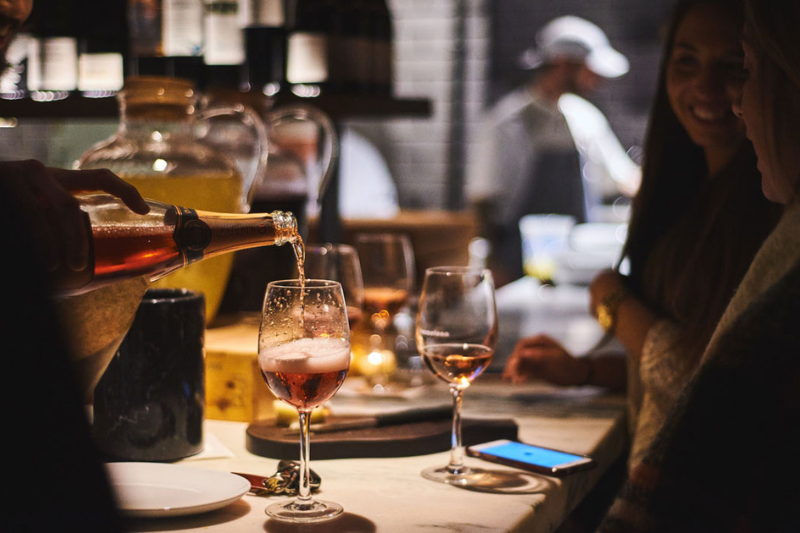
Wine and Beer
Vino tinto – red wine
Vino blanco – white wine
Vino rosado – rosé
Ask: “¿Qué vino tenéis por copa?” (What wines do you have by the glass?)
For beer, order by size, not brand:
Caña – small draft beer (~200ml)
Doble – larger draft beer
Tercio – 330ml bottled beer
Botellín – smaller bottle
Coffee
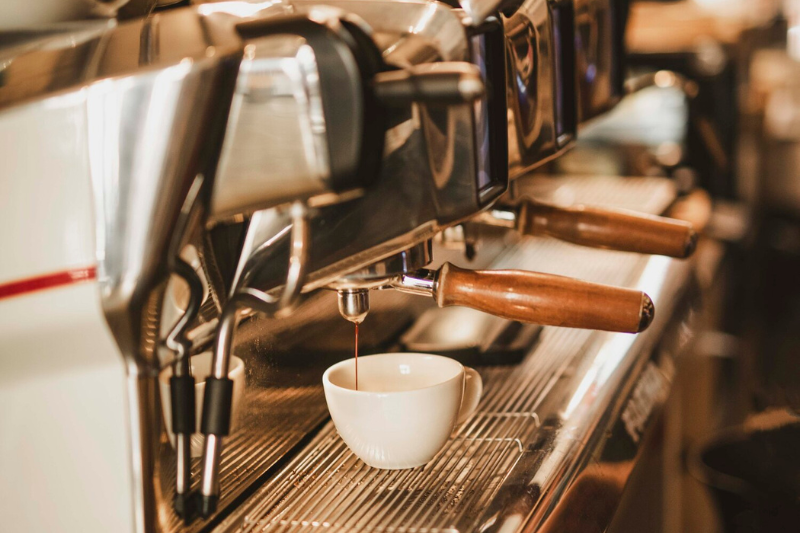
Spanish coffee is espresso-based.
Café solo – straight espresso
Cortado – espresso with a splash of milk
Café con leche – 1/3 espresso, 2/3 milk (morning coffee)
Con hielo – with ice
Americano – espresso with hot water
Paying and Extra Charges
IVA (tax) is already included in menu prices, but itemized at the bottom of the bill.
You might see a pan/service charge (usually €0.90–1.50 per person) for bread.
Some restaurants charge more for terrace seating (5–10% extra).
Tipping is not expected, but always appreciated. Leave €0.50–€1 per person, or up to 10% in more upscale places. Tip in cash, as there’s usually no line for it on the bill.
